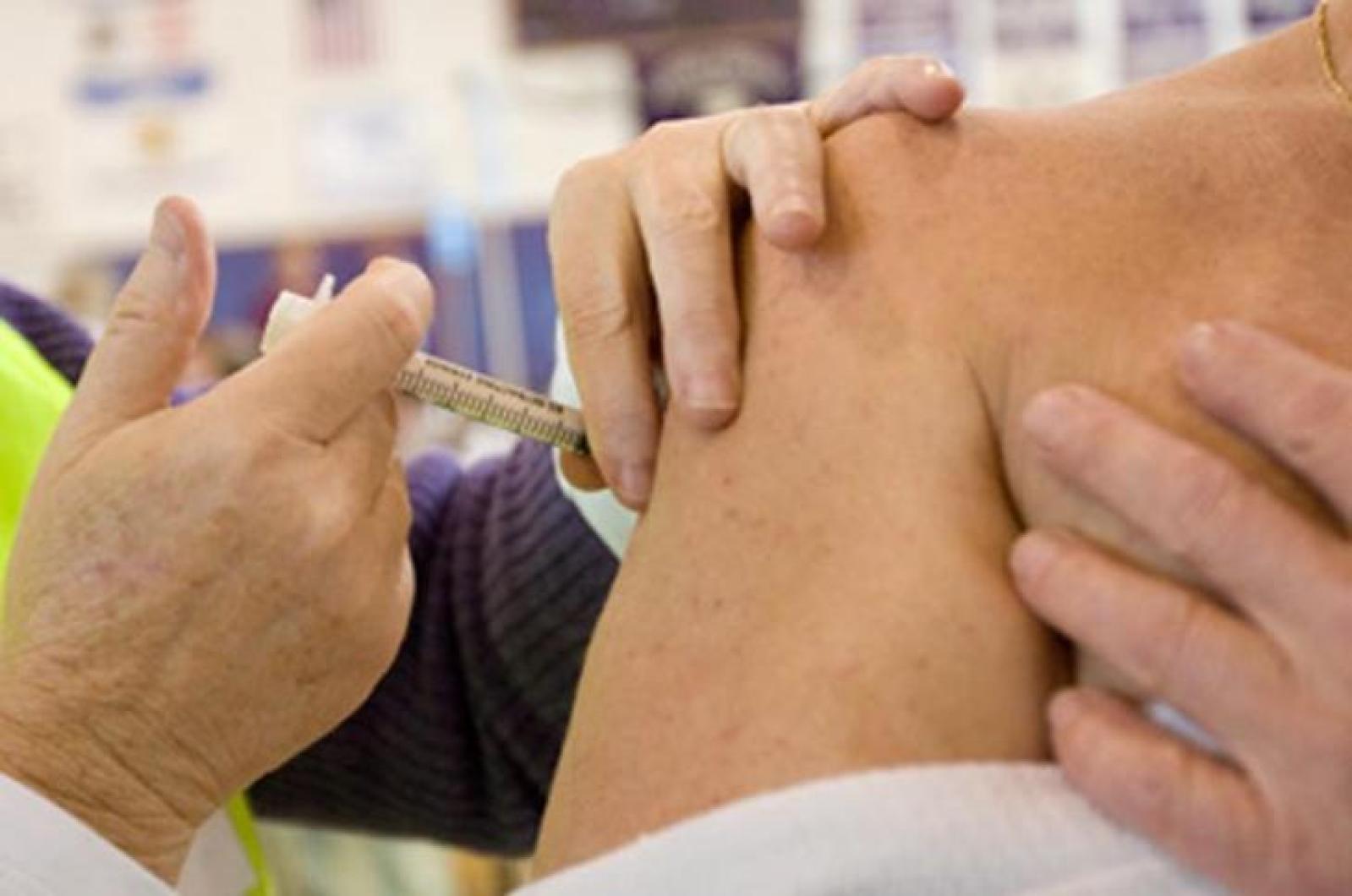As the holidays drew to a close, a different type of season swept in: flu season.
Outbreaks of the virus are being reported earlier than before, according to the Center for Disease Control. Martha’s Vineyard is no exception. Flu season typically peaks in February and early March.
“Anecdotally, it’s earlier than we’ve ever seen,” said Carol Bardwell, chief nursing officer at the Martha’s Vineyard Hospital. Ms. Bardwell said there were 31 confirmed cases of the flu at the hospital in December. Three patients were admitted, and 28 came through the emergency room or their primary care physician.
The Center for Disease Control reported that Massachusetts had higher-than-average levels of outpatients and widespread flu activity throughout the state during the last two weeks of December. However, the CDC also noted that this year developers of the vaccine were 99 percent accurate in judging which strain of the flu would appear this season, meaning that those who receive a flu shot are better protected against the virus. The flu shot is not a live vaccine, and requires 7 to 10 days to take full effect.
“Thank goodness, they nailed the exact configuration of the vaccine,” said Tami Conroy, owner of Conroy’s Apothecary. This year was the second season that flu shots could be given out at pharmacies. The Conroy’s staffers were trained as part of a Massachusetts pilot program intended to increase access to the vaccine, which is normally available from only primary care providers and clinics.
“This year we’re doing many more flu shots,” Ms. Conroy said. Conroy’s gave approximately 50 vaccines last year between its two locations. The pharmacy gave over 500 this year, and ran out of the vaccine by Christmas.
The vaccine is still available from Island physicians and at the hospital. Adults age 65 and older are particularly vulnerable to adverse effects of the virus, and are encouraged to get the flu shot as soon as possible if they have not already.
The flu has been making its rounds at Vineyard schools, as well.
Martha’s Vineyard Regional High School nurse Linda Leonard said that while the flu had arrived a bit earlier than normal, the number of cases she had seen was about the same as in previous years.
“I’m not seeing it differently than any other year, which is good,” she said. “It’s not like H1N1.” When the H1N1 flu virus broke out three years ago, it came at the very beginning of November.
School superintendent Dr. James Wiess said that while principals are reporting higher than usual numbers of students and staff out sick, not all of the cases were flu. Dr. Wiess said that stomach bugs and the common cold accounted for many sick days.
The flu and the common cold are both respiratory illnesses caused by viruses, but the flu is typically much more severe and long-lasting. Patients with the flu experience high fevers, headaches and muscle aches, and extreme exhaustion. Runny noses, sneezing and sore throats are harbingers of the common cold. Coughing can be a symptom of the flu, but is more prevalent in colds. A lab test can confirm whether or not a patient has the flu.
Edgartown School nurse Nicole Barlett has been working with two eighth-grade students to educate the school on the flu and flu prevention. The group will present at morning meetings this week, discussing the importance of building up the immune system and staying healthy throughout the winter.
If a person suspects they have the flu “they need to go home and rest,” Mrs. Barlett said. “Lots of fluids, lots of rest.”




Comments
Comment policy »